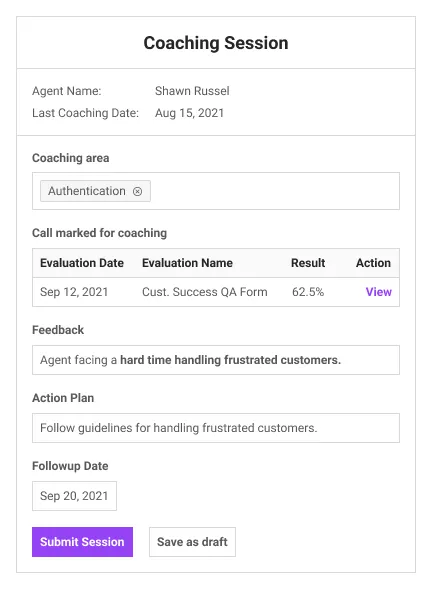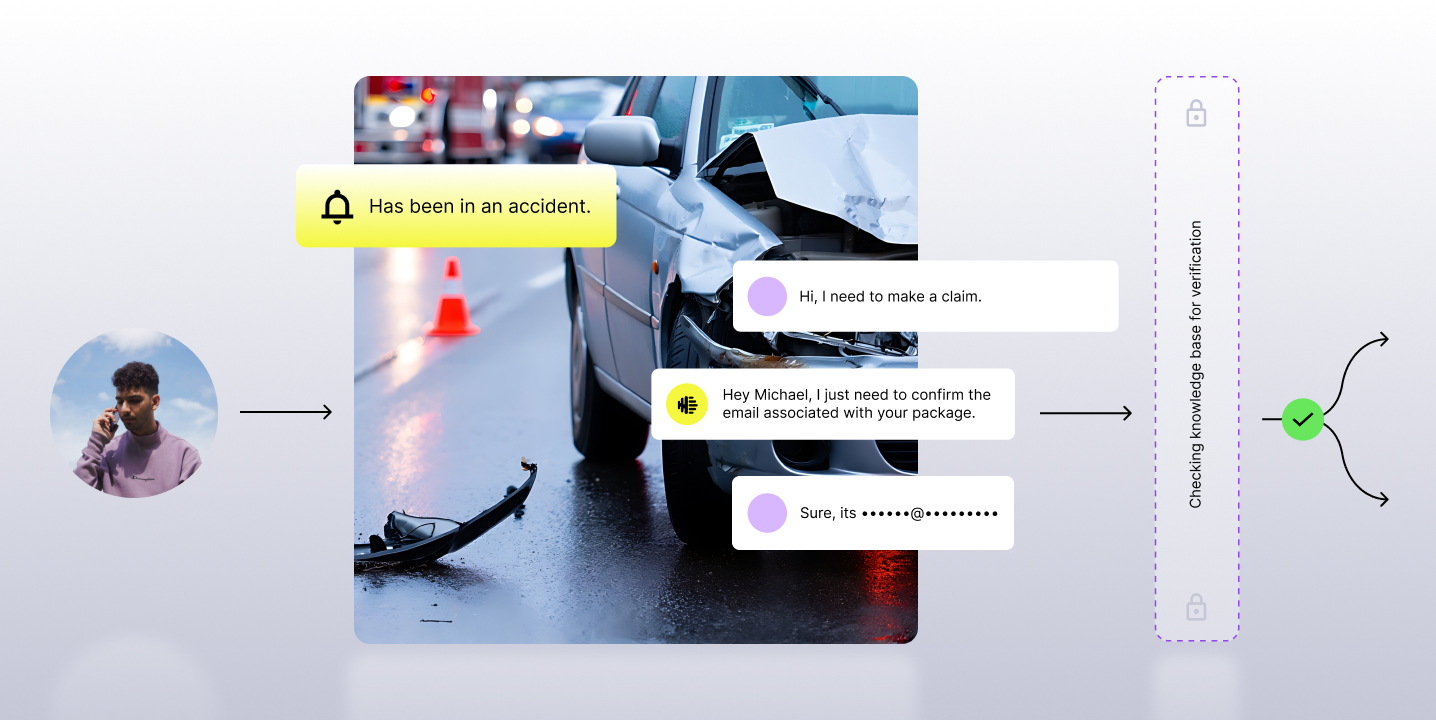Time matters in a call center. Whether it’s solving a problem, answering a question, or helping a frustrated customer, the time it takes to handle each call, known as Average Handle Time (AHT), helps deliver a great customer experience. For call centers, managing AHT isn’t just about being fast; it’s about finding the right balance between efficiency and quality.
AHT measures the average length of a customer call from start to finish. This includes the time it takes to connect, average hold times, transfers, and tasks completed after the call, like data entry or follow-ups. Call centers can identify areas for improvement, cut down on inefficiencies, and provide faster, better customer experiences when tracking their AHT.
Why Average Handle Time Is Important
Average Handle Time (AHT) is an important metric for call centers that directly impacts key performance indicators (KPIs) like Customer Satisfaction (CSAT), operational efficiency, and agent performance. AHT gives call center agents a clear view of how efficiently they handle customer interactions and how effective their processes are in supporting them.
A high AHT might point to long wait times, inefficient workflows, or a need for additional coaching. A low AHT, on the other hand, could indicate agents are rushing phone calls and sacrificing service quality. Tracking and improving AHT helps call centers provide faster service, happier customers, and more productive agents.
Case in Action: Accolade Achieves a 50% Reduction in ACW, Improving AHT and Efficiency
Accolade, a leading provider of personalized health and benefits solutions, faced challenges with high average handling times, worsened by inefficient After-Call Work time (ACW). These inefficiencies not only stretched customer support interactions but also reduced the number of calls agents could handle in a day.
By leveraging Observe.AI’s conversation intelligence platform, Accolade achieved a 50% reduction in ACW, significantly decreasing their overall AHT and improving call efficiency. With AI-driven insights, they analyzed 100% of their agent interactions, identified recurring workflow bottlenecks, and provided targeted coaching to resolve them.
Real results included:
- Cutting After-Call Work in half, leading to faster call handling and resolution of customer queries.
- Empowering supervisors with personalized coaching tools to improve agent performance.
- Delivering quicker, higher-quality customer experiences by streamlining workflows.

Average Handle Times by Industry
When assessing your call center’s performance, one of the first questions you might ask is: what does a good AHT actually look like? The truth is, there’s no universal "ideal" average talk time — what’s considered good depends heavily on your industry, the complexity of customer interactions, and the nature of the issues your agents handle. Instead of chasing a generic target, it’s helpful to compare your AHT against industry-specific benchmarks.
Industry Benchmarks for AHT
Here are some average AHT ranges seen across various industries as a reference point to see how your call center stacks up:
- Telecommunications: 8-10 minutes: The telecommunications industry typically deals with long and often complex customer interactions, like troubleshooting technical issues, setting up new devices or services, and navigating service upgrades. These factors naturally lead to higher handle times.
- Financial/Banking: 4-6 minutes: Financial services are often transaction-based, such as inquiries about account balances, approving loans, or resolving payment disputes. Because the processes are relatively standardized, AHT tends to be shorter, but precision and regulatory compliance are crucial.
- E-Commerce: 2-5 minutes: Online retailers deal with a wide variety of customer inquiries, ranging from order tracking and product questions to refunds and returns. These simpler, straightforward interactions typically result in shorter AHT.
Tailoring AHT Goals for Your Call Center
Keep in mind, that even within the same industry, AHT can vary depending on the organization’s size, services offered, and customer expectations. For example, a telecom company offering cutting-edge smart home products might have a higher AHT compared to a competitor focusing on basic phone plans.
Rather than aiming only for a lower amount of time, focus on maintaining a balance between efficiency and quality. Strive for an AHT range that meets the customer’s needs without sacrificing the thoroughness needed to address their concerns.
How To Calculate the Average Handle Time
In some cases, companies include After Call Work (ACW) in the AHT calculation. ACW is the average duration after each call an agent takes to carry out post-call processing, including data entry and updates, scheduling follow-ups, and any other communication requirements.
The average handle time formula is total talk time plus total hold time plus ACW, then divide that by the total number of calls to get the AHT.
AHT can be assessed per agent, per department, or across the organization.
The Connection Between AHT and Customer Experience (CX)
Average Handle Time (AHT) is more than just a key metric for call center efficiency — it helps shape the customer experience (CX). When managed effectively, AHT can enhance customer satisfaction, foster loyalty, and streamline interactions. However, a poorly balanced AHT can negatively impact both the customer's perception of the company and operational performance, making it essential to strike the right balance.
The Risks of High AHT
A high AHT often signals inefficiencies in the call center’s operations, such as long hold times, repeated escalations, or agents who lack the tools to resolve issues quickly. For the customer, prolonged calls can feel frustrating and time-consuming, leaving them dissatisfied or even prompting complaints. Over time, this can contribute to lower Customer Satisfaction (CSAT) scores, weaker brand loyalty, and even customer churn.
The Risks of Low AHT
While long calls are problematic, calls that are too short can also create challenges. Agents rushing to lower AHT may fail to thoroughly address customer concerns or find proper resolutions.
This can result in repeat calls, unresolved issues, and diminished trust in the company’s ability to provide quality service. A low AHT might indicate “quick fixes” rather than effective support, which can hurt both the business and the customer in the long term.
Finding the Right Balance
The ideal AHT will align with your customers’ expectations while maintaining efficient operations. A well-balanced AHT ensures agents have enough time to fully address customer needs without unnecessary delays. This sweet spot improves first-call resolution (FCR), leaves customers content with the interaction, and encourages loyalty.‘
Discover More Metrics to Transform Your Contact Center
Take your contact center performance to the next level by understanding metrics that matter. Our contact center glossary breaks down essential KPIs like Average Handle Time (AHT), Customer Satisfaction (CSAT), and First Call Resolution (FCR), giving you the insights needed to improve your processes and results.
Want even more? Subscribe to The Conversation Starter, our monthly newsletter. Get the latest trends, expert advice, and actionable tips delivered right to your inbox. Start transforming your contact center today — dive into our resources or connect with us to learn more.

















